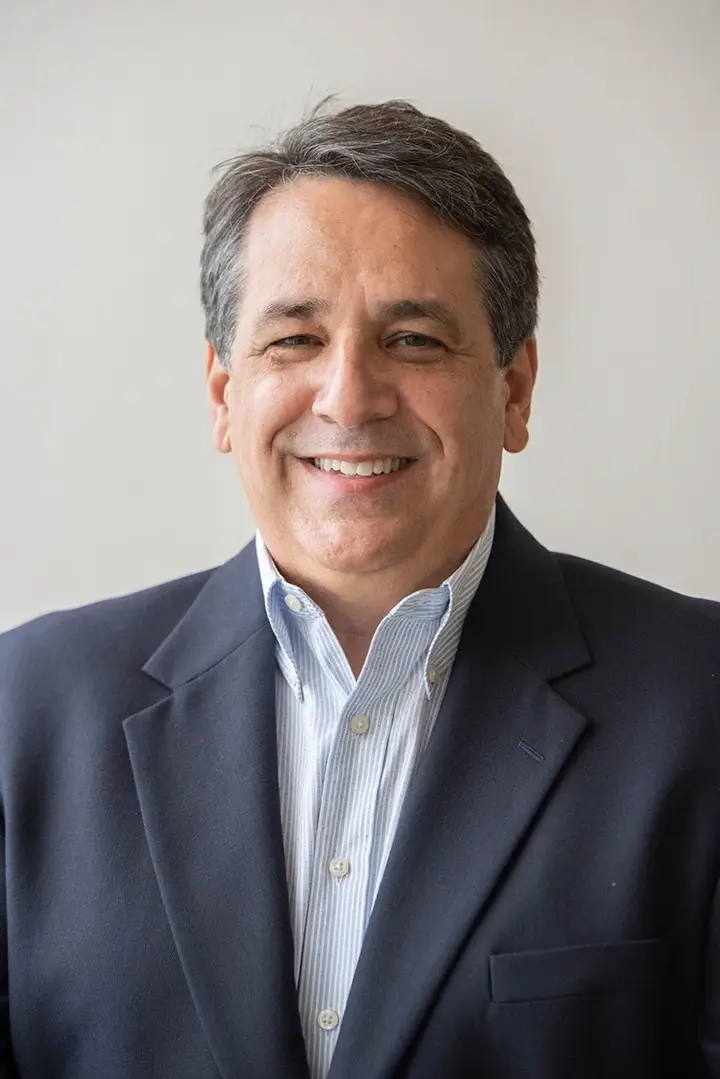A novel cyclic signaling in the dermis that regulates regeneration in large populations of hairs and coordinates stem cell activity in animal models has been identified by researchers at the University of Southern California (USC).
According to the study that will be published in the Jan. 17 issue of the journal Nature, the signaling switch involves bone morphogenetic protein (Bmp) pathway.
“Conceptually, the findings have important implications for stem cell research and in understanding how stem cell activity is regulated during regeneration,” says Cheng-Ming Chuong, M.D., Ph.D., principal investigator and professor of pathology at the Keck School of Medicine of USC. “The research presents a new dimension for the regulation of hair re-growth and ultimately organ regeneration.”
Since it is one of the few organs that regenerates regularly, the hair is an important model for organ regeneration in mammals notes Chuong. Hair cycling has been established as one of the mainstream models for organ regeneration by recent work in the field. However, most of these works focus on the cyclic regeneration of one single hair follicle, he says.
“Each of us has thousands of hair follicles. In our study, we were motivated to analyze the coordinative behavior of cyclic regeneration in a population of organs,” Chuong says.
Rather than individually, hairs found even in normal mice, regenerate in waves according to the research team. The findings suggest that hair stem cells are regulated by adjacent hair follicles, other skin compartments, and systemic hormones, in a hierarchical order. Previously, it was thought that the micro-environment within one hair follicle was the only regulator.
At the molecular level, the findings showed that periodic expression of Bmp in the skin macro-environment appears to be at the center of the mechanism for coordinated hair stem cell activation. Hairs must communicate activation signals among themselves when many regenerate. The macro-environment can be either suppressive or permissive for stem cell activation at different time points.
“Our research shows that the formation of new tissues or organs from stem cells — such as the formation of new hairs — can be more robust if it occurs in a permissive macro-environment,” says Maksim Plikus, Ph.D., a post-doctoral fellow and the first author of the study. “I hope that our research will draw more attention to the hair follicle as the model for physiological regeneration in mammals, and as an abundant source of adult stem cells for the purposes of stem cell therapy.”
“The work also has critical implications for research using the mouse skin as a model for tumor growth or drug delivery,” Chuong notes. “Many of these studies assume the mouse skin is a homogeneous and stable environment for testing, but variations in results were obtained. Understanding this unexpected dynamics of the living mouse skin will help their experimental designs.” – University of Southern California

